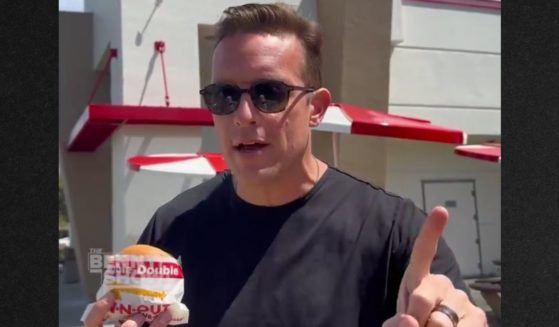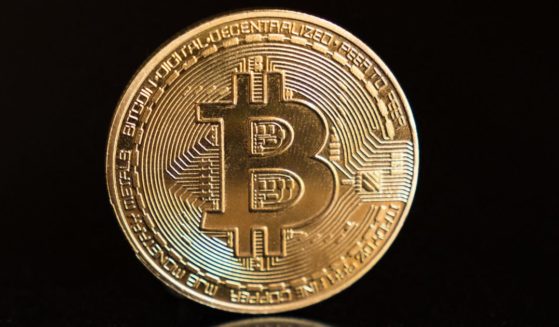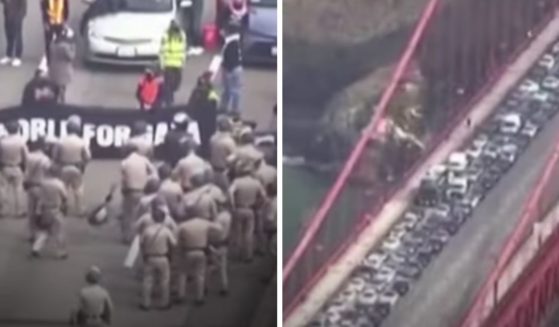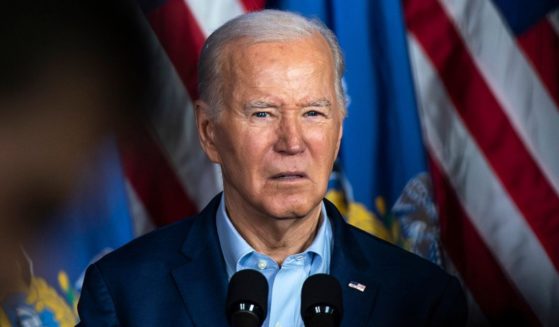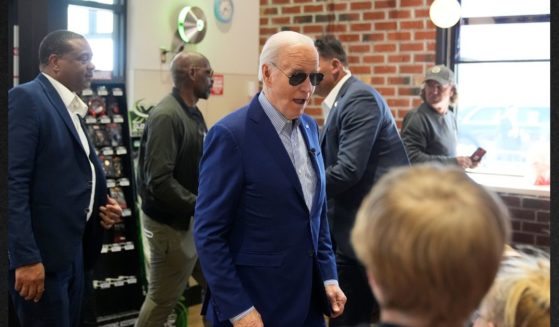Harsanyi: Democrats Have a Disturbing Post-Hurricane Ritual That Began After Katrina
Be prepared for Democrats to exploit the devastation of Hurricane Ian to peddle de-modernization.
And because there is no conclusive way for anyone to prove that global warming isn’t triggering every natural disaster — and because nature offers a continuous flow of these terrifying events and always will — the exploitation will never stop.
The effort began in earnest after 2005’s Hurricane Katrina, a Category 3 hurricane that devastated an unprepared New Orleans.
There was Al Gore, with his grade school “science” charts and cartoonish satellite images, emotionally manipulating audiences with images of destruction and suffering. The problem was that “An Inconvenient Truth” suggested — among numerous other dire predictions that would never come to pass — that climate change had not only caused Katrina, despite negligible warming, but that it portended the dawn of an age of shocking and intense hurricanes.
After 2005, Florida didn’t get hit with another hurricane until 2016 and Louisiana didn’t see a major one until 2020 (also the fault of climate change).
It is debatable whether storms that do make landfall do so with more intensity or whether Category 3-plus hurricanes are increasing. Overall, the frequency of hurricanes has slightly declined since 1900. From 1851 to 1860, 19 hurricanes made landfall in the U.S. From 2011 to 2020, 19 hurricanes made landfall in the U.S. The average per decade between 1860 and 2011 was about 18. In the decade of 1941 to 1950, 10 major hurricanes hit the U.S.
“Hurricane Ian gets nasty quickly, turbocharged by warm water,” explained the Associated Press, which has been true since the first hurricane formed. More “climate havoc,” said The New York Times, as Ian threatened to hit the same exact places that storms have always hit.
Today’s media simply can’t report on any flood or tornado or hurricane or brain-eating amoeba without making it about their favorite policy hobby horse. It just feels like things are worse, you know?
“What effect does climate change have on this phenomenon?” CNN’s Don Lemon asked Jamie Rhome, acting director of the National Oceanic and Atmospheric Administration’s National Hurricane Center. “Because it seems these storms are intensifying.”
“I don’t think you can link climate change to any one event. On the whole, on the cumulative, climate change may be making storms worse. But to link it to any one event, I would caution against that,” Rhome answered.
“OK, listen, I grew up there. And these storms are intensifying,” Lemon responded.
He grew up there.
Joy Behar, cohost of “The View,” noted Wednesday that Florida Gov. Ron DeSantis said he is “not in the pews of the church of the global warming leftists.” “This is what he thinks about climate change,” she said. “And now his state is getting hit with one of the worst hurricanes that we will ever see!” This is a common attack, but it’s a non sequitur.
Even if we accepted every alarmist forecast about anthropogenic global warming, embraced the Democrats’ net-zero plan and banned gas-powered engines and fossil fuels by 2050 or 2030 or even 2024, the temperature wouldn’t be any different today. Forget India and China — not a single major economy that signed onto the Paris climate accord has met its goals.
Of course, the underlying claim is also untrue. Since Behar’s birth in 1942, Florida has seen 48 hurricanes make landfall. Three of them have been Category 5 (so worse), nine of them have been Category 4 (including Ian) and 11 of them Category 3.
Granted, Behar was not around for 1900’s Galveston hurricane, which hit eight years before Model Ts began emitting carbon into the air; it likely killed somewhere around 10,000 people in Texas. The 1926 Miami hurricane killed 372, causing an estimated, inflation-adjusted $164 billion in damage. The Labor Day Hurricane of 1935 is tied with 2019’s Hurricane Dorian for the strongest maximum sustained winds (185 mph). Those were pretty bad storms, as were many others.
Critics will, no doubt, point out the rising cost of insurance payments due to hurricanes and other natural disasters. This is largely due to the concentration of people and wealth in coastal regions, a consequence of both rising population and wealth and federal insurance programs that incentivize people to take on this risk.
Critics will also point out that hurricanes are far less deadly now than they were in the past because we’ve instituted warning systems and improved infrastructure and preparedness. And that’s right. Acclimatizing to the realities of climate is far cheaper and more effective than any state-compelled dismantling of modernity.
No amount of scaremongering can change that reality.
© 2022 CREATORS.COM
The views expressed in this opinion article are those of their author and are not necessarily either shared or endorsed by the owners of this website. If you are interested in contributing an Op-Ed to The Western Journal, you can learn about our submission guidelines and process here.
Truth and Accuracy
We are committed to truth and accuracy in all of our journalism. Read our editorial standards.

